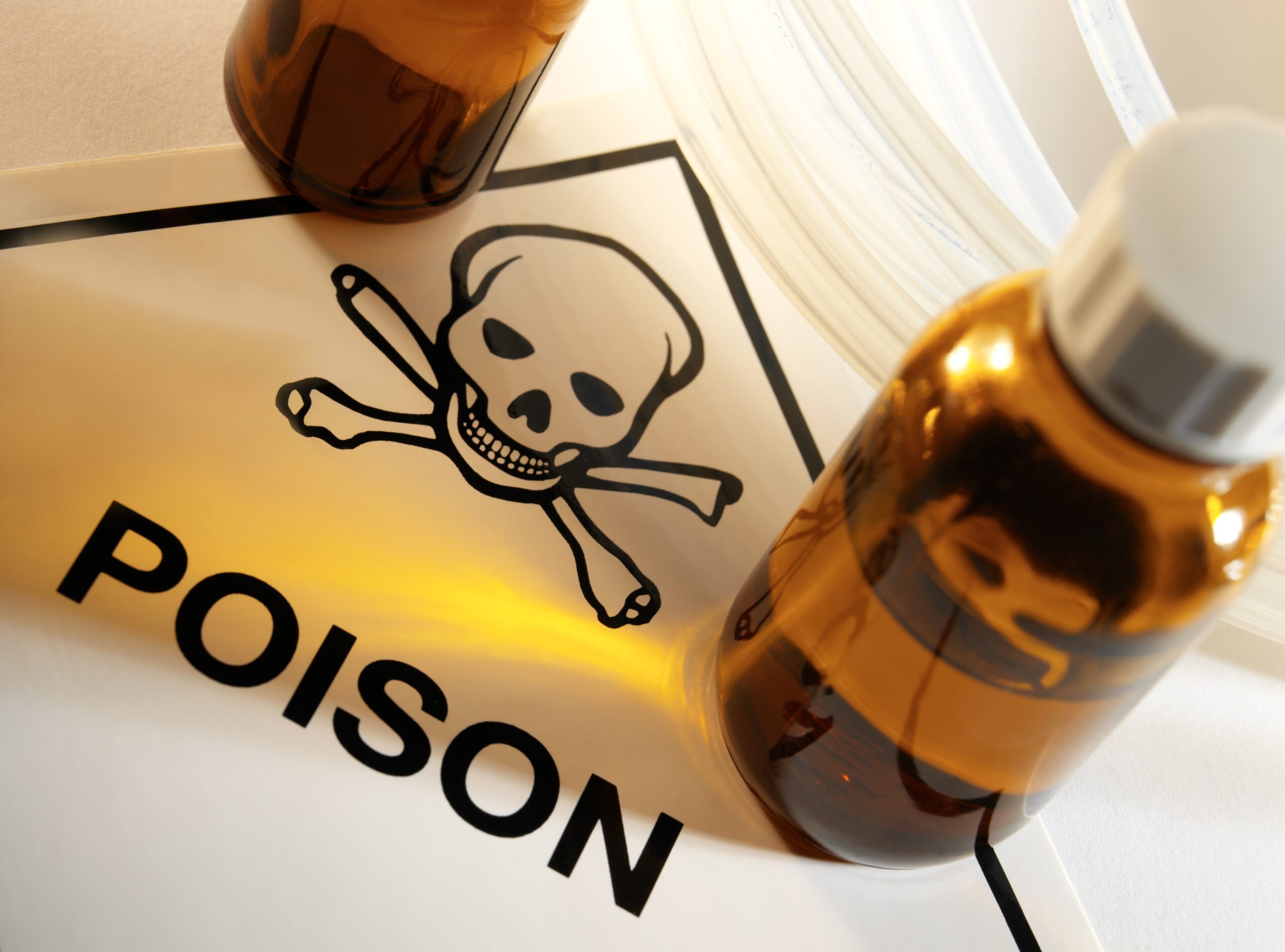In recent years, the rise of opioid-related fatalities has been a pressing concern, and a significant contributor to this alarming trend is the synthetic opioid known as fentanyl. This exceptionally potent and dangerous drug has garnered attention due to its deadly consequences. In this blog post, we will delve into the reasons why fentanyl is so perilous and why it poses a severe threat to individuals and communities alike.
The Potency Factor
One of the primary reasons why fentanyl is so dangerous is its incredible potency. Fentanyl is estimated to be 50 to 100 times more potent than morphine and roughly 50 times more potent than heroin. This means that even a small amount of fentanyl can lead to a powerful and potentially lethal high.
Unpredictable Dosage
The potency of fentanyl makes it extremely challenging to dose safely. Even experienced drug users may have difficulty estimating a safe amount, increasing the risk of overdose. Dealers often mix fentanyl with other drugs like heroin or cocaine, and without precise measurement, users can inadvertently ingest a deadly dose.
Rapid Onset and Short Duration
Fentanyl’s rapid onset and short duration of action contribute to its danger. Users often seek immediate and intense euphoria, but this effect diminishes quickly, leading to repeated doses. This cycle of use and chasing the high elevates the risk of overdose, as the drug accumulates in the system.
Depression of Respiratory Function
One of the most perilous effects of fentanyl is its suppression of respiratory function. Like other opioids, fentanyl slows down the body’s natural breathing rate. When taken in high doses or combined with other depressant substances, it can lead to respiratory failure, which is often fatal.
Difficulty in Reversal
While opioid overdoses can sometimes be reversed with naloxone (Narcan), fentanyl’s potency poses a significant challenge. Multiple doses of naloxone may be required to counteract the effects, and even then, success is not guaranteed. The unpredictability of fentanyl’s strength makes reversing an overdose more complex.
Hidden in Street Drugs
Fentanyl’s danger is exacerbated by its presence in the illicit drug market. It is frequently mixed with other substances, often without the user’s knowledge or consent. Street drugs labeled as heroin or oxycodone may contain lethal amounts of fentanyl, putting users at grave risk.
The Synthetic Nature
Fentanyl is a synthetic drug, meaning it is manufactured in underground laboratories. This synthetic production enables traffickers to create variations, or analogs, of fentanyl, which are often even more potent and harder to detect. Law enforcement and public health officials struggle to keep up with these evolving and deadly compounds.
The Spread of Fentanyl
Fentanyl has infiltrated communities across the globe, and its availability has contributed to a surge in opioid-related deaths. It is not only found in urban centers but also in suburban and rural areas, making its reach all-encompassing.
A Deadly Menace
In conclusion, fentanyl’s extreme potency, unpredictable dosing, rapid onset, and suppression of respiratory function combine to make it an exceptionally dangerous drug. Its synthetic nature and the ever-evolving analogs further compound the threat it poses. To combat the fentanyl crisis, it is imperative that we focus on prevention, education, harm reduction, and support for those struggling with addiction. Raising awareness about the dangers of fentanyl is a critical step in addressing this lethal menace to public health and safety.
